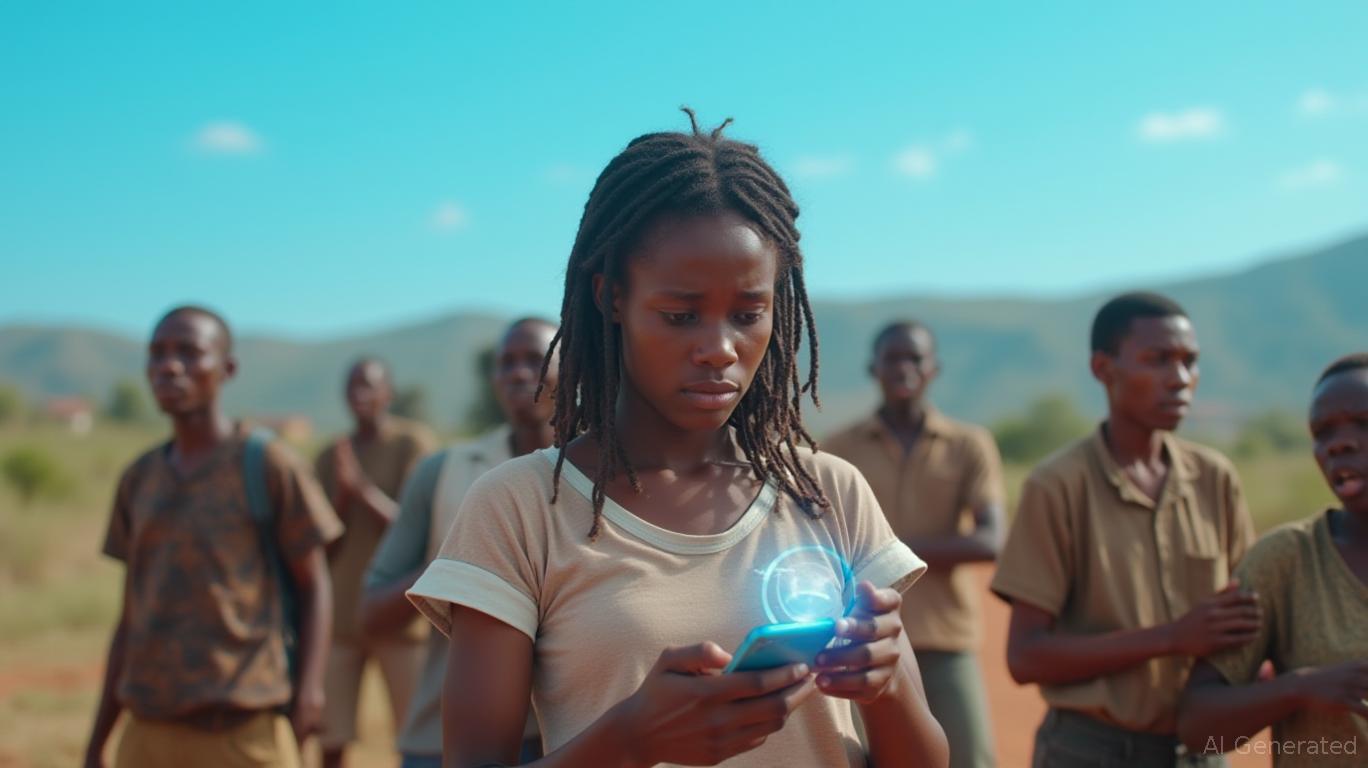Starlink Loses 10.9% Subscribers in Kenya Due to Network Overload
Elon Musk’s Starlink, once celebrated for its potential to revolutionize Kenya’s internet landscape, has encountered significant obstacles. The satellite internet provider’s market share in Kenya dropped to 0.9% by March 2025, down from 1.1% in December 2024, following a seven-month freeze on subscriptions in key regions such as Nairobi. This freeze resulted in a loss of over 2,000 subscribers, reducing the user base from 19,146 to 17,066.
Since its entry into Kenya in July 2023, Starlink had made a notable impact with its high-speed, low-latency satellite connection, particularly in rural areas where traditional internet services are unreliable. By September 2024, Starlink had captured 1.1% of the market share, ranking seventh among Kenya’s internet service providers (ISPs). The company’s subscriber base surged from 8,063 in June 2024 to 19,146 by the end of the year, driven by aggressive pricing strategies and a rental plan for its hardware kit that reduced costs from Sh89,000 to Sh45,500.
However, this growth was halted when Starlink suspended new subscriptions in Nairobi and neighboring counties, including Kiambu, Machakos, Kajiado, and Murang’a, in November 2024. The company cited network overload as the reason, stating that too many users were trying to access the service, affecting
. This freeze led to a 10.9% drop in subscribers, pushing Starlink to eighth place among ISPs by March 2025.Local competitors have seized the opportunity created by Starlink’s subscription freeze. Safaricom, Kenya’s leading ISP with a 36.1% market share, capitalized on
by promoting its 5G routers, priced at just Sh3,000 compared to Starlink’s Sh45,000 kit. Safaricom’s aggressive marketing and affordable packages have attracted users in peri-urban areas, where Starlink’s high costs remain a barrier despite its appeal in rural regions.Safaricom introduced a 1,000 Mbps package, and average fixed internet speeds hit 11.59 Mbps in October 2024, up 18.5% from January. Other ISPs, like Poa Internet Kenya and Vilcom Network Limited, also gained traction, while Jamii Telecommunications Limited and Wananchi Group’s Zuku saw slight share declines. President William Ruto praised this competition, stating that Starlink’s presence has pushed local competitors to provide better services.
Starlink’s challenges extend beyond capacity issues. Local ISPs, led by Safaricom, have protested its operating model, alleging predatory pricing and potential interference with mobile networks. The Communications Authority of Kenya (CA) notes that Kenya’s fixed internet subscriptions grew 13% to 1.5 million by June 2024, reflecting heightened competition sparked by Starlink’s market entry. In August 2024, Safaricom urged the CA to require satellite providers to partner with local operators, citing security risks. Jamii Telecommunications echoed these concerns, accusing Starlink of offering unsustainable discounts.
The Competition Authority of Kenya (CAK) dismissed predatory pricing claims, noting Starlink’s small market share disqualifies it as a dominant player. However, new regulatory hurdles loom. The CA plans to raise satellite licence fees nearly tenfold to Sh15 million and impose a 0.4% turnover levy, potentially straining Starlink’s finances. For Kenyan users, Starlink’s slowdown has mixed implications. Rural communities, where fibre and mobile coverage are weak, still rely on their high-speed connectivity. Yet, Starlink’s download speeds have dropped from 200 Mbps at launch to 47 Mbps by March 2025, making it the second-slowest in Africa after Madagascar.
Starlink’s stumble in Kenya underscores the challenges of scaling satellite internet in a competitive, regulated market. While its innovative technology still holds promise for underserved areas, capacity issues and local pushback have curbed its momentum. While Starlink struggles in Kenya, it is eyeing a bold expansion elsewhere in Africa. The company is considering an R2-billion investment in South Africa to navigate the country’s stringent Black Economic Empowerment (BEE) regulations and secure an operating licence. The investment would fund infrastructure like earth stations with fibre-optic connections to data centres, supporting the 16-nation Southern African Development Community (SADC) region.
By partnering with local firms for construction, land leasing, fibre, energy, and maintenance, Starlink aims to meet South Africa’s regulatory demands while expanding high-speed internet access, particularly in underserved rural areas. This follows Starlink’s earlier pledge of R500 million to provide free broadband to 5,000 rural South African schools, signalling a focus on digital inclusion. However, challenges persist, with critics accusing Starlink of seeking to bypass BEE rules requiring 30% local ownership by historically disadvantaged groups. Regulatory delays could push the company’s South African launch to 2027, as the Independent Communications Authority of South Africa (ICASA) finalises equity-equivalent frameworks, leaving Starlink’s ambitious plans in limbo.

Sign up for free to continue reading
By continuing, I agree to the
Market Data Terms of Service and Privacy Statement

Comments
No comments yet